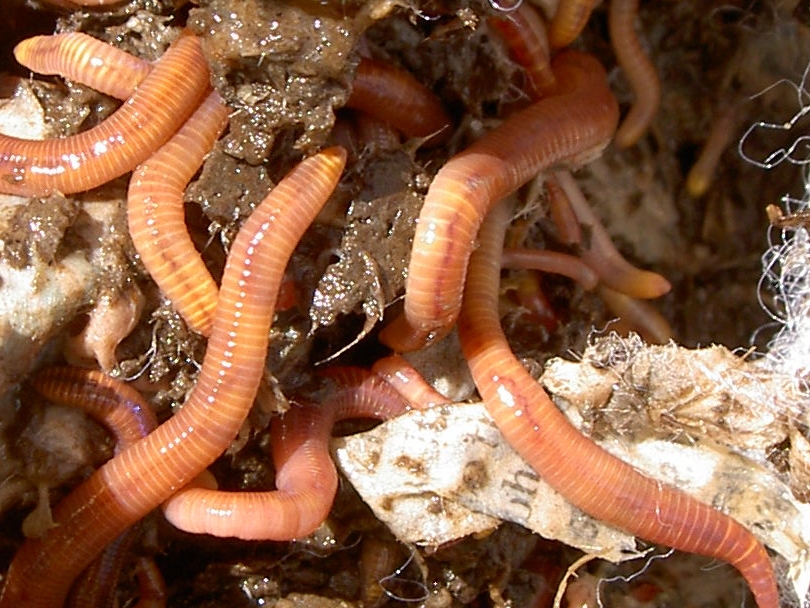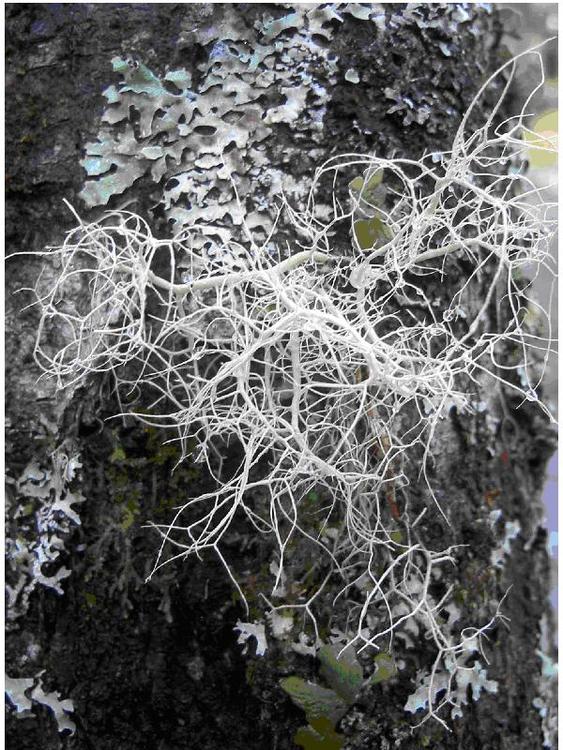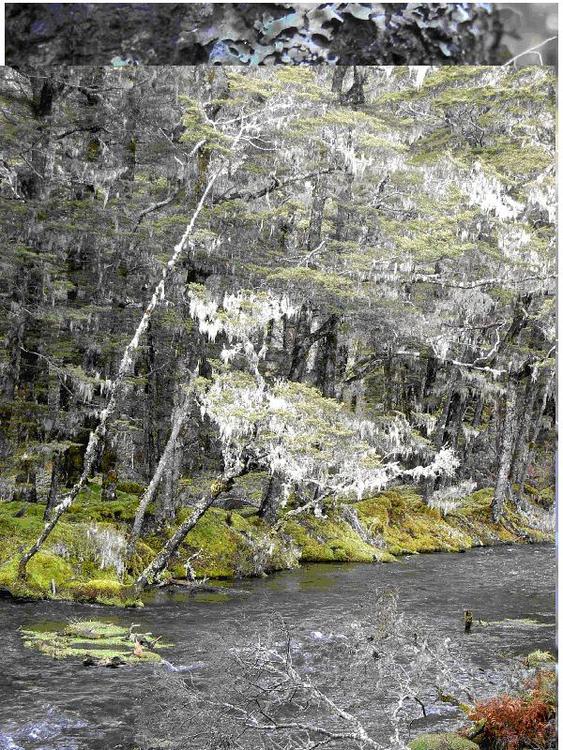A bioindicatorA species used to monitor the health of an environment or ecosystem. is a living organism that gives us an idea of the health of anecosystem. Some organisms are very sensitive to pollution in their environment, so if pollutants are present, the organism may change its morphologyphysiology or behaviour, or it could even die.
One example of a bioindicator is lichens. These plants, which live on surfaces such as trees or rocks or soil, are very sensitive to toxins in the air. This is because they obtain their nutrients mostly from the air. We can tell our forests have clean air by the amount and types of lichens on the trees. Different species of lichen have different levels of susceptibility to air pollution, so we can also get an idea of the level of pollution by observing which species are present.
Nature of science
Living organisms can often be used to indirectly measure levels of chemicalsin their environments. Population numbers can also be tracked over time to notice changes that may be a result of changes in the environment.
Bioindicators can be plants, animals or microorganisms:
- If toxins are present, certain plants may not be able to grow in the area affected.
- Monitoring population numbers of animals may indicate damage to the ecosystem in which they live.
- Algae blooms are often used to indicate large increases of nitrates and phosphates in lakes and rivers.
If pollution causes the reduction of an important food source, the animals dependent on it for food may also decrease. Animals may also change their behaviour or physiology if a toxin is present. For example:
- the levels of certain liver enzymes in fish increase if they are exposed to pollutants in the water
- changes in the functioning of the nervous systems of worms are used to measure levels of soil pollution
- the increase in the number of mutated frogs found in the USA is used as anindicator of toxins in their environment.
Microorganisms can also be used as indicators of toxins in an ecosystem. Some microorganisms will produce stress proteins if exposed to certain pollutants. By measuring the levels of stress proteins, we can get an idea of the level of pollution present in the environment.



No comments:
Post a Comment